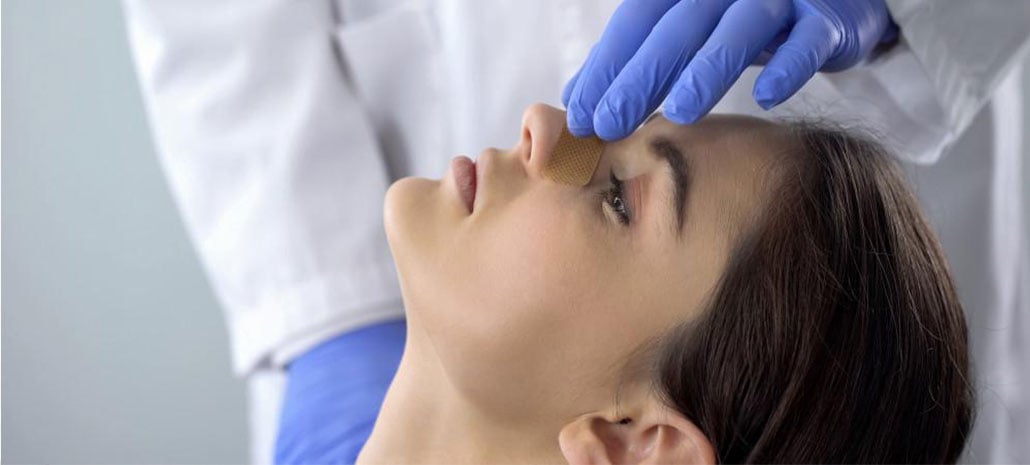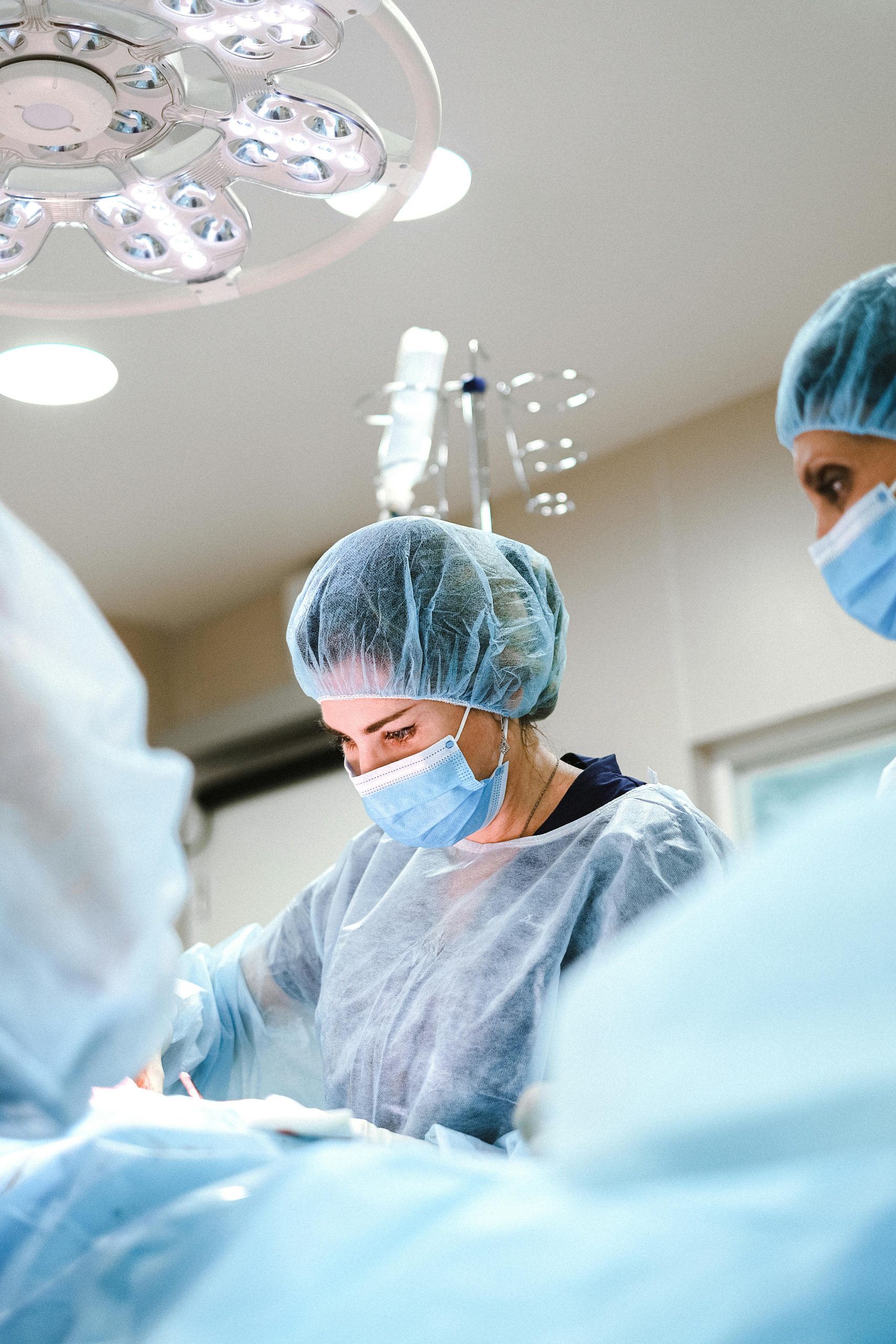
Rhinoplasty explained: What to know before and after surgery
Considering Rhinoplasty? You’re definitely not alone! According to the Australasian College of Cosmetic Surgery and Medicine (ACCSM), Rhinoplasty ranks among the top three most common cosmetic surgeries in Australia in 2023. Rhinoplasty (also called a “nose job”) can reshape, refine, or subtly tweak your nose to better suit your face…and sometimes it can even help you breathe easier. Some people go for it to fix a bump they’ve always noticed, others after an injury. Whatever your reason, it’s all about feeling confident and comfortable in your own skin.
At our Sydney and Melbourne locations, we take a personalised approach because no two faces are the same. At MINKST, our experienced doctors look at the full picture, your facial features, skin type, and what you’re hoping to achieve to create natural-looking results that fit you.

Step by step: Your Rhinoplasty surgery explained
Rhinoplasty can be all about small refinements or more detailed structural changes; it really depends on your individual goals. There are two main ways surgeons approach the procedure:
- Open rhinoplasty involves a tiny incision at the base of your nose, between the nostrils. It gives the surgeon a clear view and plenty of precision to reshape the bone and cartilage.
- Closed rhinoplasty keeps all the incisions inside the nostrils, so there are no visible scars. This option is great for smaller tweaks or when only subtle adjustments are needed.
Our doctors will recommend the best approach based on your features and the results you’re hoping for. In some cases, rhinoplasty can also improve issues like snoring, sinusitis or correct a deviated septum to make breathing easier. If your rhinoplasty is performed to correct breathing issues, injuries, or congenital conditions, it may be covered by insurance. Find out more about when and how insurance may cover the procedure in our blog.
How to prepare for your consultation:
Your first consultation is an opportunity to discuss your goals and what’s realistically possible. During your appointment, your MINKST doctor will:
- Go over your medical history and any past nasal surgeries or injuries.
- Take a close look at your nose and facial structure to see what can be achieved.
- Talk with you about what’s motivating you and what kind of results you’re hoping for.
- Explain how the surgery works, what recovery looks like, and any risks you should know about.
We are also able to use 3D imaging to help you visualise how certain changes might look on your face. It’s a great way to make sure what you’re picturing aligns with what’s achievable and to give you a clear idea of your potential results.
Before your appointment
Before your appointment, take a bit of time to think about what you’d like to change. Some people bring along a few reference photos for inspiration, which can be really helpful during the conversation. Keep in mind that rhinoplasty is about creating balance; it’s not about copying someone else’s features, but enhancing your own.
At MINKST, our goal is to help your nose look good and function well so everything feels balanced and natural. If you’re curious about the different Rhinoplasty techniques or want to see what might work best for you, then take a look at our blog.
Day Of Surgery: Before & After
Rhinoplasty is done under general anaesthesia in one of our accredited, licensed hospitals, so you’ll be fully asleep and comfortable during the procedure. Surgery usually takes between two and four hours. Once it’s finished, a small splint is placed on your nose to protect and support its new shape while it heals.
After surgery, you’ll spend a couple of hours in the recovery area while the team keeps a close eye on you. Most people go home the same day, although an overnight stay is sometimes recommended.
You can expect some swelling, bruising, and mild discomfort in the first few days which is totally normal. Your doctor will give you pain relief and clear instructions to help minimise swelling and make recovery as smooth as possible.
How long does it take to recover from Rhinoplasty?
Most patients take about one to two weeks off work or study to rest and recover. The splint usually comes off after the first week, and any bruising typically fades within one to two weeks. Swelling takes a bit longer with the majority settling within six weeks; however, a little puffiness (especially around the tip) can stick around for up to a year. It’s all part of the process as your nose settles into its final shape.
You’ll get detailed aftercare instructions, including how to clean your nose, when it’s safe to start exercising again, and what to avoid while you heal. You’ll also have follow-up visits so your doctor can check your progress and make sure everything’s healing as it should. Everyone’s recovery looks a little different, so try to be patient with your body
MINKST Tip: Some of our patients like to turn their recovery into a little staycation near the clinic. It gives them time to rest, a bit more privacy, and enjoy the city at a slower pace without the pressure of jumping straight back into daily life. Plus, there’s extra peace of mind knowing our clinics, doctors, and recovery services are close by if you need anything. Read more about your options in our Sydney and Melbourne guide.
We’re here to guide you through your surgery journey
If you’re considering rhinoplasty, booking a consultation at our Sydney or Melbourne locations is the first step. During your visit, we’ll chat about your goals, assess your anatomy, and walk you through the whole process, from preparation to recovery. Find more information about the procedure, costs and before and after Rhinoplasty photos here. Our team is here to make sure you understand what to expect and feel supported every step of the way.

